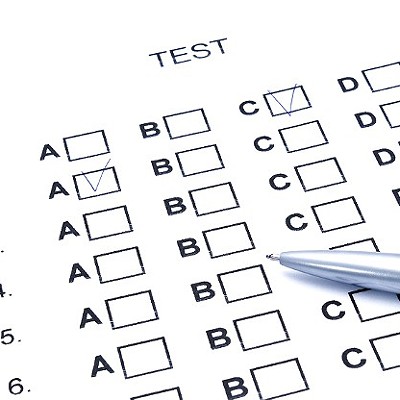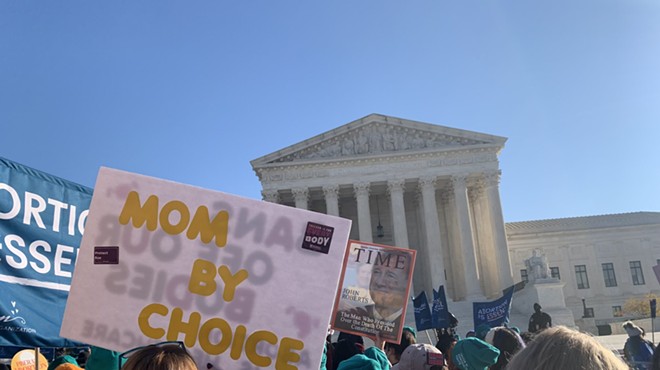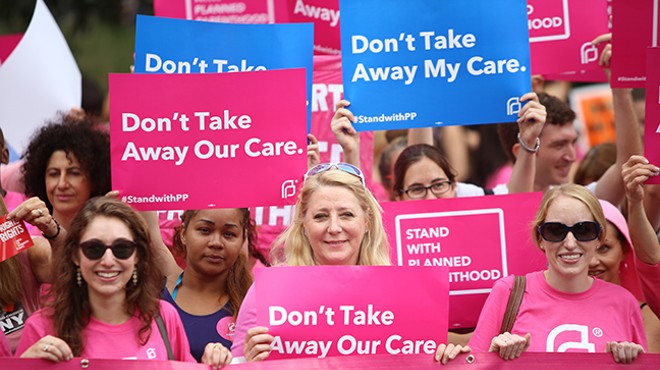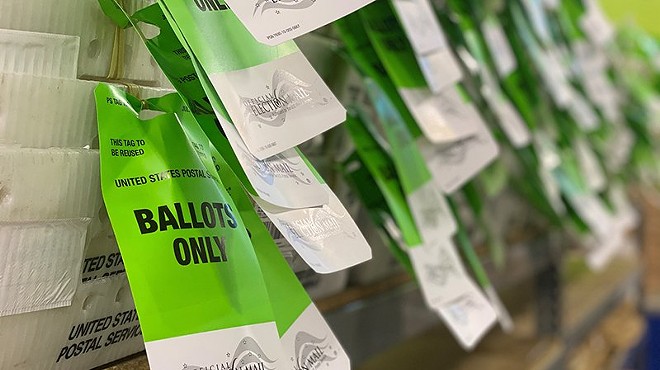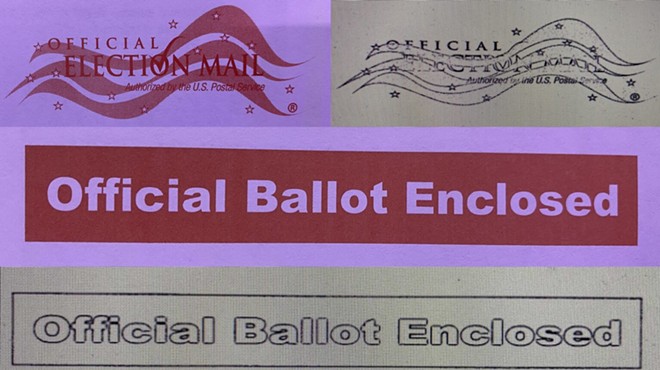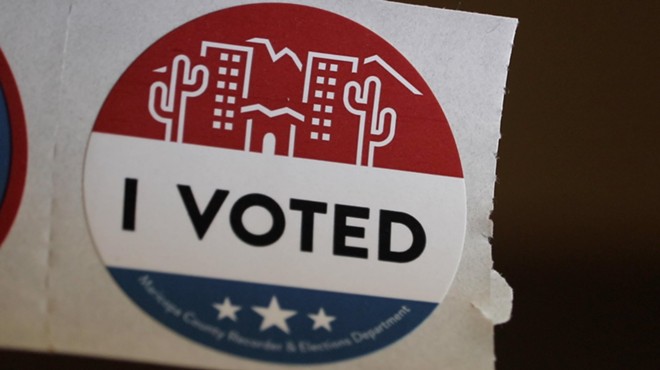Thursday, June 16, 2016
Charter Groups Want More Regulations for Virtual Charter Schools
Now this is an interesting development. Some prominent charter school organizations have published a report advocating stricter regulations to improve the performance of virtual charter schools, also known as on-line schools. This isn't an entirely new development. Charter school organizations have been trying to weed out poorly performing schools from the charter ranks, and this is their latest effort. More at the end of the post about the positives and negatives of this push.
Three organizations, National Alliance for Public Charter Schools, National Association of Charter School Organizers and 50CAN, joined together to publish A Call to Action To Improve the Quality of Full-Time Virtual Charter Public Schools. The organizations support virtual charters, but they've read the reports about how poorly students at those schools perform compared to students at other public schools and believe the schools should be more carefully regulated.
The facts about the virtual schools in the report look to me to be accurate. A vital bit of information is that 70 percent of the schools are run by for-profit organizations, directly or indirectly, which means the profit motive is going to trump education whenever the two are in conflict. Some other facts: there are 135 full-time virtual schools in the country; 79 percent of their students are in virtual schools with more than a thousand students; virtual school serve more students in poverty and fewer English language learners than traditional public schools.
The report's recommendations are specific and, if implemented, could doom one of the biggest players, K-12 Inc., a publicly traded corporation (Arizona Virtual Academy, or AZVA, in one of its schools) whose many sins I've written about over the years and whose failings are being subjected to increasing scrutiny. The proposal is that enrollment be limited to hundreds, not thousands of students, and if the schools want to grow, they need to meet performance goals. That would be a stake in the heart of K12 Inc. whose profits are based on continual growth and whose stockholders are growing increasingly skittish (its stock is currently trading at about 11, down from a 2011 high of 36). AZVA has over 4,000 students. Another branch, Ohio Virtual Academy, has over 10,000 students. The corporation would crumble if it had to cut its schools' student populations dramatically.
The report also recommends that virtual schools be funded based on their real costs, another potential stake in the heart of the for-profit model. Right now, most virtual schools get close to the same per-student state funding as brick-and-mortar schools even though they don't have physical buildings to pay for and maintain, and their teachers often have twice the student load of teachers in other charters and school districts (A 50-to-1 student-teacher ratio is the standard at K12 Inc. schools). The report estimates that per student costs at virtual schools are 60 percent of the costs at brick-and-mortar schools. Take away their inflated public funding—remember, taxpayers pay for charter schools, just like we pay for school districts—and they lose their profit margins.
It's good to see charter school organizations actively pursuing some of the bad actors in their midst, and I agree with almost everything I read in this report. However, there's a bit of a caveat I need to add. When they go after poorly performing charters, their targets are almost always schools with students from low income families. It's true, some of those schools are doing a lousy job, just like some district schools do a bad job with their low income students, but some charters serving those students do terrific work, even though their test scores are at the low end of the spectrum because of socioeconomic factors beyond the schools' control. If charter organizations work together with state regulators to carve out the genuinely bad schools, that's a good thing. However, their motives may not be that pure. Every time a charter with low test scores is closed, regardless of the reason, the average test scores for the remaining charter schools rise. Closing charters serving low income students for any reason, good or bad, can give the charter PR people the kind of undeserved bragging rights they love. "Look at our scores! We're more successful than school districts," they can say, even though their higher scores may be a result of serving a different population. The poster child for this type of self congratulation is the BASIS chain which has a variety of ways to screen out academically undesirable students, then brags about its students' academic achievement. The "education reform"/privatization folks would love to be able to say the same kind of thing about charters as a whole, and the easiest way to do that is to close schools serving low income students.
Three organizations, National Alliance for Public Charter Schools, National Association of Charter School Organizers and 50CAN, joined together to publish A Call to Action To Improve the Quality of Full-Time Virtual Charter Public Schools. The organizations support virtual charters, but they've read the reports about how poorly students at those schools perform compared to students at other public schools and believe the schools should be more carefully regulated.
The facts about the virtual schools in the report look to me to be accurate. A vital bit of information is that 70 percent of the schools are run by for-profit organizations, directly or indirectly, which means the profit motive is going to trump education whenever the two are in conflict. Some other facts: there are 135 full-time virtual schools in the country; 79 percent of their students are in virtual schools with more than a thousand students; virtual school serve more students in poverty and fewer English language learners than traditional public schools.
The report's recommendations are specific and, if implemented, could doom one of the biggest players, K-12 Inc., a publicly traded corporation (Arizona Virtual Academy, or AZVA, in one of its schools) whose many sins I've written about over the years and whose failings are being subjected to increasing scrutiny. The proposal is that enrollment be limited to hundreds, not thousands of students, and if the schools want to grow, they need to meet performance goals. That would be a stake in the heart of K12 Inc. whose profits are based on continual growth and whose stockholders are growing increasingly skittish (its stock is currently trading at about 11, down from a 2011 high of 36). AZVA has over 4,000 students. Another branch, Ohio Virtual Academy, has over 10,000 students. The corporation would crumble if it had to cut its schools' student populations dramatically.
The report also recommends that virtual schools be funded based on their real costs, another potential stake in the heart of the for-profit model. Right now, most virtual schools get close to the same per-student state funding as brick-and-mortar schools even though they don't have physical buildings to pay for and maintain, and their teachers often have twice the student load of teachers in other charters and school districts (A 50-to-1 student-teacher ratio is the standard at K12 Inc. schools). The report estimates that per student costs at virtual schools are 60 percent of the costs at brick-and-mortar schools. Take away their inflated public funding—remember, taxpayers pay for charter schools, just like we pay for school districts—and they lose their profit margins.
It's good to see charter school organizations actively pursuing some of the bad actors in their midst, and I agree with almost everything I read in this report. However, there's a bit of a caveat I need to add. When they go after poorly performing charters, their targets are almost always schools with students from low income families. It's true, some of those schools are doing a lousy job, just like some district schools do a bad job with their low income students, but some charters serving those students do terrific work, even though their test scores are at the low end of the spectrum because of socioeconomic factors beyond the schools' control. If charter organizations work together with state regulators to carve out the genuinely bad schools, that's a good thing. However, their motives may not be that pure. Every time a charter with low test scores is closed, regardless of the reason, the average test scores for the remaining charter schools rise. Closing charters serving low income students for any reason, good or bad, can give the charter PR people the kind of undeserved bragging rights they love. "Look at our scores! We're more successful than school districts," they can say, even though their higher scores may be a result of serving a different population. The poster child for this type of self congratulation is the BASIS chain which has a variety of ways to screen out academically undesirable students, then brags about its students' academic achievement. The "education reform"/privatization folks would love to be able to say the same kind of thing about charters as a whole, and the easiest way to do that is to close schools serving low income students.
Tags: Charter schools , National Alliance for Public Charter Schools , National Association of Charter School Organizers , 50CAN , K-12 Inc. , BASIS schools





